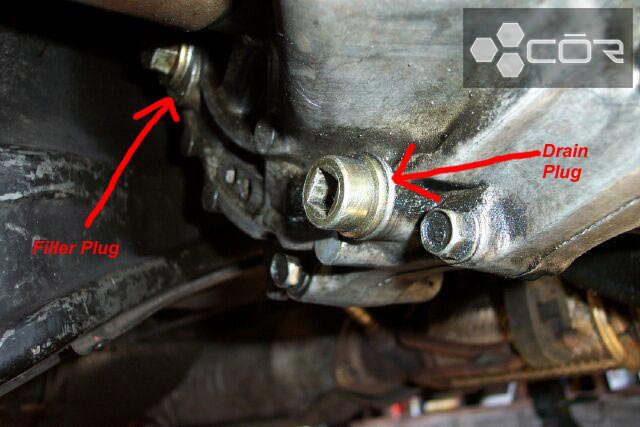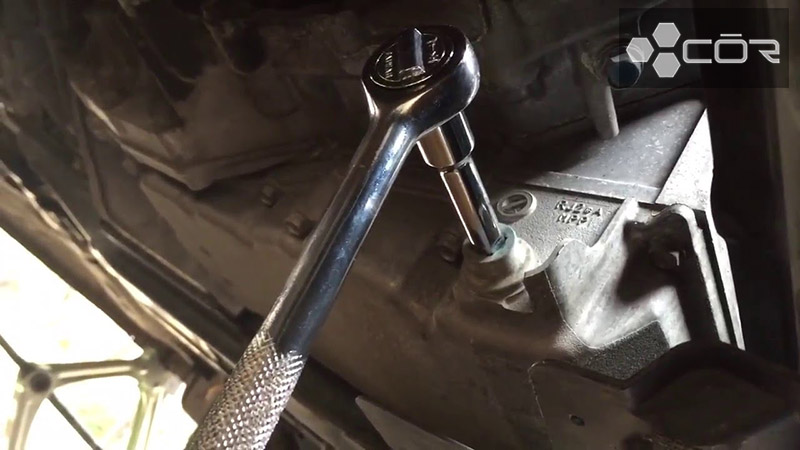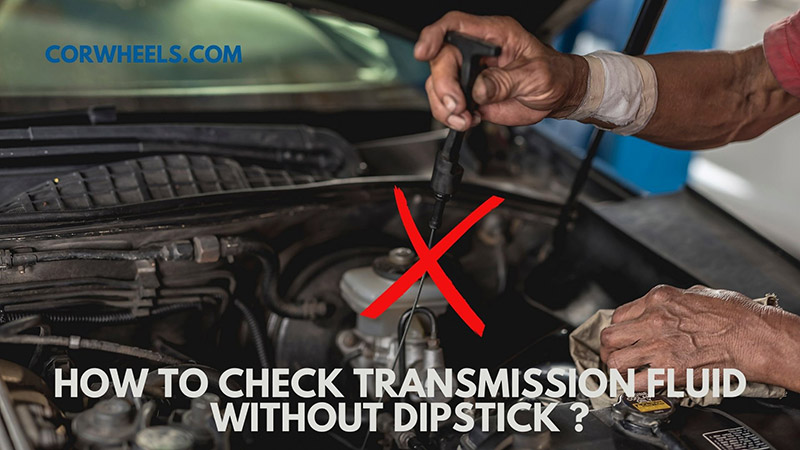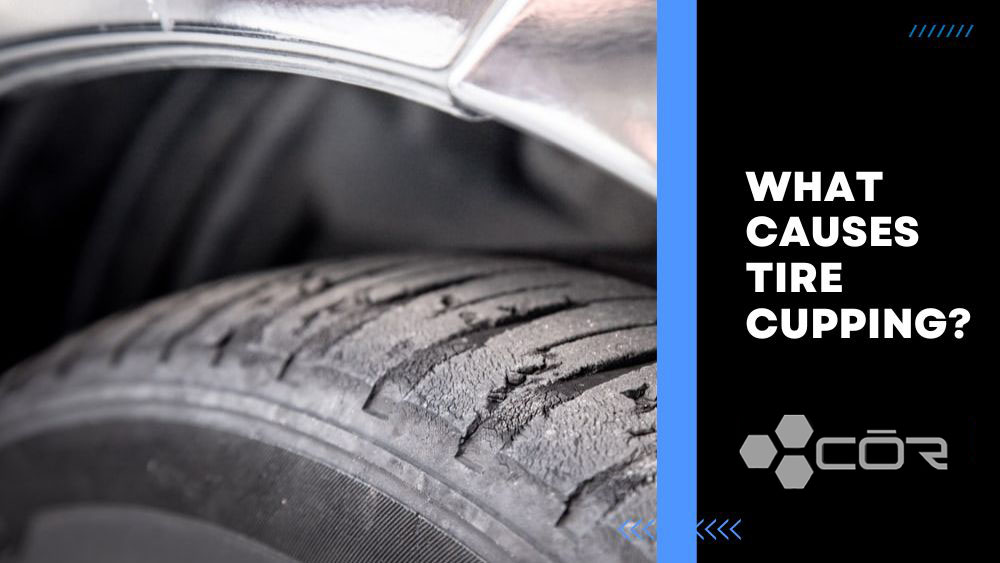All cars arrive with a built-in dipstick for convenient fluid level checks. But here’s the problem: these dipsticks are not always functional. While waiting for them to be replaced, is there another alternative to inspect the fluid volume?
I am glad to lend you a helping hand to check transmission fluid without a dipstick.
In this article:
How to Check and Add Transmission Fluid Without Dipstick?
Step One. Prepare A Safe Place for Vehicle Inspection
Nothing is more important than your own safety, especially in fluid inspection. Hence:
- A pair of working gloves will never be redundant; also, put on safety glasses if necessary, as they safeguard your eyes against hot oil and other dangerous substances.
- Park the car in a clean, ventilated garage; otherwise, fluid fumes inhaled in huge quantities can pose severe health risks. And although fire accidents are not common, keeping fire extinguishers by your side wouldn’t hurt.
- Check whether you have all the right tools ready: wrench socket, hose, and funnel.
Once ticking all the preparation boxes above, proceed to ensure other critical factors:
- Parking on level surfaces: There’s no way you can obtain accurate readings if the car is not level; after all, the fluid will not be evenly distributed in those cases.
- Engaging the parking brakes: That way, your car will always stay stable.
- Turning the engine off: The oil will settle in the transmission, saving you from possible injuries and securing a better oil reading.
- Letting the car cool down: Automatic transmission fluid during operation might get extremely hot and burn your skin. Always wait half an hour before starting any fluid inspection.
Still, certain car models recommend fluid level checks at a particular operating temperature while the engine is running. If that is your case, tread cautiously and avoid touching hot components at all costs.
Step Two. Find The Plug for Transmission Fill
The transmission plug is usually at the bottom, near the transmission’s right side. However, the exact spot varies across different car models, so follow these suggestions to find it more quickly:

- Consult the manual: It will provide detailed illustrations or descriptions to make the process easier for confused novices
- Find the transmission first: Start by spotting the transmission first – usually near the driveshaft and right behind your engine.
- Look for easy access: For some other cars, drivers might have to use ramps or jack stands to lift them first.
Step Three. Clean Your Fill Plug Areas to Prevent Contamination
The car gearbox comprises tight tolerances that are touched frequently by working gears. Any debris buildup might wreak havoc and destroy all internal components.
Hence, always clean around your fill plug before getting it opened to ensure no contaminants can enter the transmission. Here’s what to do:
- Preparing cleaning supplies: Bring several rugs, a brush, and a brake cleaner.
- Removing loose debris: Use the brush to wipe loose debris around the plug – gently but thoroughly.
- Applying brake cleaner: This is the best way to tackle the more stubborn oil buildup and grime. Let the cleaner stay for five to ten minutes.
- Wiping it away: Finally, remove all remaining grime with a dry, clean rug.
Step Four. Remove The Plug to Check The Fluid
First, turn the plug counterclockwise to get it loosened. There is a good chance of spilling transmission fluid, so prepare a rag to collect it all.

Once done, pick a screwdriver (as clean as possible) and stuff it into the transmission service compartment. If you don’t have a screwdriver, any other long and thin alternative is fine.
The ideal/correct level should be 0.5-1 inch (12 to 25 mm) counted from the screwdriver’s bottom.
Step Five. Check The Fluid Condition
Check the fluid condition by observing the liquid color, texture, and smell:
- Black or brown: These colors indicate dirty oil that should be replaced immediately with a fresher one.
- Gritty: Rub the oil against your fingers – any debris, metal shavings, or grittiness points to transmission wear/damage signals.
- Burnt smell: Bring the vehicle to repair shops right away! These itchy, annoying metallic odors indicate overheating, excessive wear, or transmission slipping.
If you feel unsure how to do all this, the best solution is to compare your current transmission fluid to unused, fresh ones. That way, you can have a more accurate insight into the fluid color, smell, and consistency.
Step Six. Add The Fluid
Use a big yet flexible funnel during the entire process, ensuring no spillage can occur. The pouring is slow and meticulous, with occasional fluid level checks every 2-3 minutes.
When satisfied, reinstall the plug.
Should You Check Sealed Transmission Fluid is Hot or Cold?
It should be cold.
For once, cold transmission checks are danger-free; burns, injuries, and other skin risks are no longer at bay. Gloves and glasses can do nothing to protect you from a hot engine.
Also, fluids in excess heat flow faster and raise the engine oil level higher than its actual condition, leading to inaccurate readings. Measuring them in cold or normal operating temperatures is always a wiser move.
See more: Can You Put Oil in A Hot Engine/Car?
How Long Can You Drive With Low Transmission Fluid?
You could drive 10-15 miles, and that’s the furthest stretch to take; anything longer than that distance, and transmission failure will lurk around the horizon.
To keep low-fluid disasters at bay, always keep tabs on the transmission. And that leads us to the next issue…
How Often Should You Check Transmission Fluid?
Inspect the transmission fluid once every month, especially when your car has no dashboard warning lights for fluid changes.
However, that is not necessarily the case for modern cars: many of them install dashboard alerts that will send off messages indicating transmission problems. Your only job is to monitor them.
FAQs
How Many Years Does Transmission Fluid Last?
About three to five years. There is no exact number due to numerous fluid types; confirm the matter with your manufacturer or via the owner’s manual.
What Does A Car Sound Like When It Needs Transmission Fluid?
Manual-transmission cars generate grinding or clunking noises, while something more like humming or whining is spotted for automatic vehicles.
Conclusion
Checking car transmission without fluid dipsticks isn’t as hard as some make it out to be, and I have given detailed instructions on how to do it accurately and safely. Keep the advice in mind, and write to me if troubles persist.








